What About Fluoride in Natural Toothpaste?
Fluoride is supposed to prevent tooth decay and cavities and help us have strong bones. But for decades, there was debate about whether fluoride is healthy and effective as an additive to drinking water and toothpaste.
I have long been against fluoride in drinking water. The Harvard School of Public Health reported that fluoride “adversely affect[s] cognitive development in children,” causing as much as a 7-point lower IQ. There is also persistent concern that fluoride can cause reproductive damage in high enough doses. Most recently, a federal court in California passed a ruling against the EPA, highlighting concerns about fluoride levels in drinking water.
If you’re worried that skipping fluoride means inviting a mouth of rotten teeth, there is evidence that vitamin D may help prevent cavities.
For these and other reasons, I recommend filtering fluoride out of drinking water–but if you have a cavity-prone child like I do, you might decide to use a natural toothpaste with fluoride.
Is Hydroxyapatite a Safe Alternative to Fluoride?
Hydroxyapatite, a naturally occurring mineral and the main component of tooth enamel, has gained recognition for its role in oral care products, including toothpaste. As an ingredient in toothpaste, hydroxyapatite has shown promise in remineralizing tooth enamel. Its ability to form a protective layer on the tooth surface helps repair microscopic enamel damage, contributing to improved overall oral health.
What (Else) Is Wrong with Natural Toothpaste?
For most people, I recommend choosing fluoride-free toothpaste. And yet toothpaste has to be more than fluoride-free in order to be safe.
Unfortunately, many “natural” toothpaste contain concerning ingredients similar to what’s found in conventional toothpastes, such as:
- Surfactants, usually coconut-derived substitutes for sodium lauryl sulfate (SLS), are popular ingredients in many “SLS-free” toothpastes. I’m concerned about some of these SLS alternatives in natural toothpaste because of the delicate and absorbent lining of the mouth. Examples of these kinds of surfactants are sodium coco-sulfate, sodium cocoyl glutamate, potassium cocoate, sodium lauroyl sarcosinate, and sodium methyl cocoyl taurate. It’s confusing, though, because when you look at each of these SLS substitutes one by one, some really do appear to be benign. For instance, sodium cocoyl glutamate and potassium cocoate each gets only a 1 from EWG, and they seem like a great substitute for SLS/SLES. Sodium lauroyl sarcosinate, on the other hand, gets as high as a 5 from EWG, so I recommend avoiding toothpastes that contain it. It may, however, be okay as a foaming agent in products that you do not put in your mouth–such as shampoo.
- Preservatives will show up in paraben-free toothpastes, and they still worry me. Sodium benzoate is suspected to cause damage to mitochondrial DNA, and is a persistently controversial ingredient. More research (especially long-term studies) is needed, but for now, this ingredient knocks brands out of our Best Stuff category, though they may still be Good Stuff. Potassium sorbate and sorbic acid have raised concerns due to mild allergic reactions in some users, but you will find these in brands we call Best Stuff.
- Carrageenan, derived from seaweed, is a common thickening agent in toothpaste. Animal studies suggest that it leads to intestinal inflammation and colon tumors. It’s probably fine in toothpaste for adults, but I’d avoid it in products used by swallowing-prone kids.
Natural Toothpaste Ingredients I'm NOT Worried About
There are several controversial ingredients that I’m not so worried about in natural toothpastes. These include:
- Glycerin. There’s a small but heated debate about whether glycerin, a very common ingredient in both conventional and natural toothpastes, is healthy for teeth. Some people claim that glycerin in toothpaste coats the teeth, blocking their ability to re-mineralize (or repair themselves with minerals from our saliva). It’s true that re-mineralization is crucial to the health of our teeth. It’s not clear, however, that glycerin-based toothpastes seriously interfere with this process. Honestly, I’m on the fence about this, so I’m giving the Okay Stuff label to otherwise safe toothpastes that are glycerin-based. (See Good Stuff for glycerin-free toothpastes).
- Clays are a potentially problematic ingredient in natural toothpaste because they can contain trace amounts of lead. After lots of research and digging into the independent testing of the bentonite clay used in Earthpaste, I’m convinced that it’s safe. The amount of lead in clay is much less than the naturally occurring amounts found in food like spinach or sweet potatoes. Also, the lead in clay doesn’t seem to be bio-available (meaning your body won’t absorb it even when it is present). Even better, there is compelling evidence that bentonite clay might actually RID the body of lead. You should always do your own research, but this is where ours has lead me, and I feel confident calling Earthpaste Good Stuff.
- Sugar alcohols like xylitol, sorbitol and erythritol are used in toothpastes for sweetness and anti-cavity benefits. When consumed in high enough amounts (usually as sugar replacements in food and beverages), they can cause digestive upset in some people. As a result, many parents ask me for recommendations of xylitol free toothpaste. Ultimately, I think this is more or less unnecessary. I don’t think they’re harmful in the small amounts found in toothpaste, and I like that xylitol and erythritol have anti-cavity benefits. The bottom line here is that there’s no need to go out of your way to choose a non toxic kids toothpaste without xylitol or sorbitol. (If you’re concerned about sugar alcohols, Earthpaste’s peppermint flavor is xylitol free, as are Tooth Soap’s products.)
- Essential oils are used in some natural toothpastes in place of artificial or natural flavors, and sometimes for added anti-cavity/pro-mouth benefits. Some people don’t like the idea of using essential oils in ingestible products, and some people have sensitivities to specific oils. I think that high-quality essential oils like the ones in the Good Stuff are safe in the amounts found in toothpaste, but if you want to avoid them, check out Poofy Organic’s toddler tooth gel, Jack n’ Jill’s toothpastes, and some of the Tooth Soap products (all Best or Good Stuff). Limonene, in particular, is found in various cosmetics, many of which are natural and organic. EWG considers limonene a definite skin and respiratory irritant, with potential carcinogenic properties. But there are different forms of limonene, and some research suggests that it has antioxidant and anti-cancer properties. Confusing? Yes. Deadly in toothpaste? Probably not, especially if you’re not guzzling it by the tube.
What Is the Best Non Toxic Baby Toothpaste?
Many kids’ toothpastes are officially for ages two and up. So what about younger toddlers and babies?
Teaching little ones to brush and getting them used to the tickling sensation of bristles is definitely important, but all you really need to use is water plus a soft-bristled brush or silicone toothbrush beginning with their earliest teeth.
You can hold off on toothpaste until they’re toddlers, or later. (Toothpaste isn’t actually essential to oral health—the brushing action of the toothbrush is. Flossing and a healthy diet are crucial, too, of course.)
If you feel compelled to use more than water (and/or kid’s your doc or dentist says you need to), try some of the Best or Good Stuff from this guide.

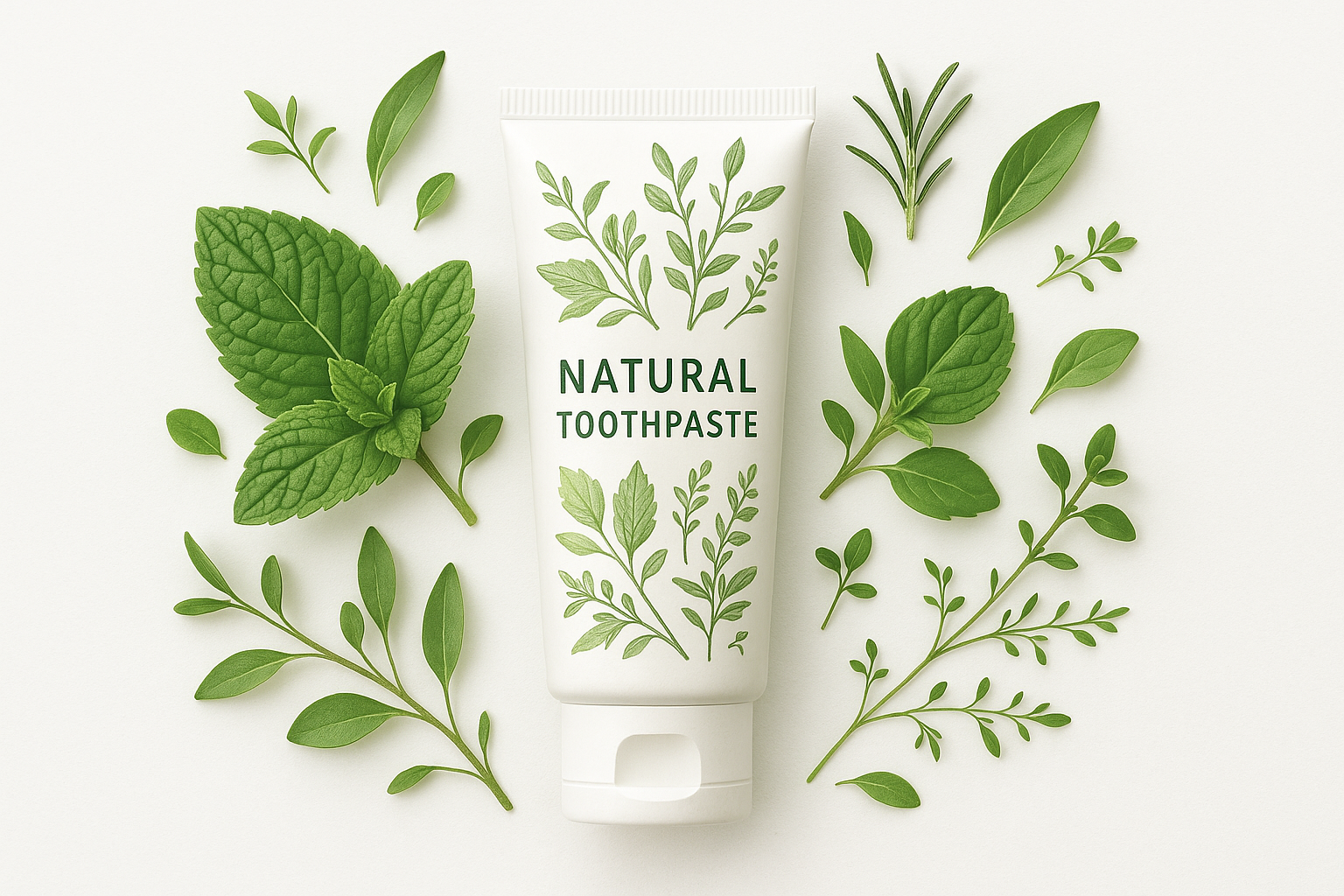






































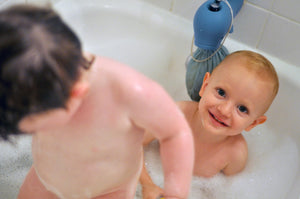
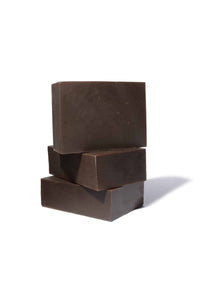
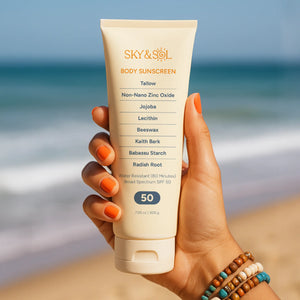
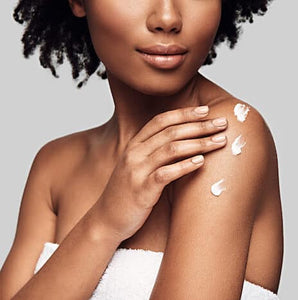
170 comments
Lisa r
I ended up with severe dysplasia of the tongue & had surgery to remove it. Thankfully, it wasn’t cancer. I don’t smoke, vape or do any drugs. However my head/neck surgeon advised me to toss toothpaste & stick with basic Crest with/without tartar control. All others r full of chemicals, including Tom’s, Biotene, all the rest.
Melissa
Hey just wanted to let everyone know If your needing to know if a product is safe and dont have time to wait on a reply there is a great tool avaiable. Maia has posted an ingredient glossary you can use in a pinch. It has helped me tremendously and now I can look over a package and know immediately what products are safe to try and what I should pass on. Of course there are days that I space out and need a refresher lol. I love using this site as a reference and the glossary is just an amazing added bonus for me. Hope this helps others like it does me. Another helpful tip is any ingredient w a number is an automatic No-No for me which sadly eliminates so many products even at the health food stores.
CC
Hi! Do you have any toothpaste recommendations for a child with a history of canker sores?
Jenny Morgan
Hi there,
I noticed that you said you were not a fan of potassium sorbate for indigestible products, but I believe that Jack n Jill has this. Yet you mentioned you use it for your kids :). Is this considered safe? Thanks!kelberry
Jennith, I noticed the same thing and wondered that myself so I did a little research of my own. After spending hours searching through peer-reviewed articles (because that is the college student coming out in me) I found some interesting, yet reassuring, research and I thought I would share them with you and everyone else.
“In spirit, prop 65 is a great idea: In 1986, California lawmakers decided the public needs to know if their water supply contains toxic chemicals. So they compiled a list of 800 substances and required any business using the substances to proclaim the use publicly. As a result, there are warnings all over the place — at banks, theme parks, grocery stores — which tends to confuse us as much as protect us.” “Earthpaste’s most important ingredient is Redmond Clay, a food-grade bentonite clay that is naturally an amazing polishing agent for our teeth. Redmond Clay is ancient volcanic ash embedded in the earth’s crust, and like everything that comes from the earth, you’ll find the tiniest bit of naturally-occurring lead, which is on the prop 65 list. Redmond Clay probably falls under the proposition’s exempted product definition — it is naturally occurring, in much smaller amounts than indicated by government agencies as dangerous, but the legislation is just ambiguous enough for us to worry about potential litigation. We’re pretty cautious around here, and not terribly interested in defending civil action by prop 65 watchdogs hoping for a settlement or share of daily fines. So we changed some packaging and added the warning. We know the language on proposition 65 warnings is pretty heavy, but we wouldn’t sell any product if we weren’t completely satisfied by its safety. Like so many other companies, we’ve decided it’s simpler to change our packaging than worry about possible complications down the line. Fortunately, like so many other customers, you probably see so many prop 65 warning labels that you already understand our reasons. If you didn’t, we hope you do now!" You can check out the sources yourself if you would like: https://oehha.ca.gov/proposition-65/general-info/proposition-65-plain-language https://www.earthpaste.com/prop65/regulation/ I hope this was helpful :)Good news, EARTHPASTE is everything this site has claimed it to be and it really is THE BEST STUFF. Here is a little background on the warning label you found… (I am coping and pasting mostly because it is late and I really do not feel up to paraphrasing right now)
Lina
Any thoughts on the Hello brand for kids and adults?
Lauren
Hi – curious about a good toothpaste for use during pregnancy. Some of the good stuff options have ingredients that are not ideal when pregnant. Thanks!
Jamie
Thank you so much for all the research you do! Do you have any recommendations for nontoxic dental floss pick? These are so much easier to use for my 6-year-old.
Samantha
Hi I was wondering about Schmidt’s toothpaste for adults? Is this considered good stuff?!
Jennith Correa
I just got Redmond Earth Paste that you recommended and after brushing my 3 year olds’s teeth and her swallowing most of it, I read right on the containner-
“Proposition 65 WARNING- This product contains a chemical known to the state of California to cause bith defects or other reporductive harm. This product may not be appropriate for consumption by children or pregnant women.”
Why would you have this product on your website? I bought 3 of them thinking they were safe!